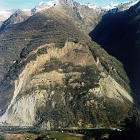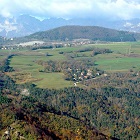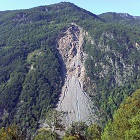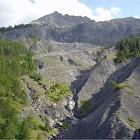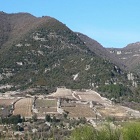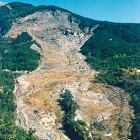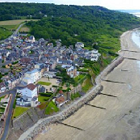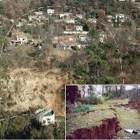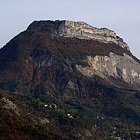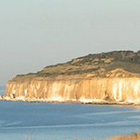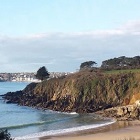Landslides have an important societal impact in many mountainous, hilly and coastal regions in the world. Monitoring is essential to learn more on the physical processes controlling their movement (failure, propagation) and to predict their behavior in time and space. Landslide monitoring represents a major scientific and societal issue.
The objective of the National Landslide Observatory – OMIV – is to provide long-term records of five categories of landslide parameters:
- Deformation observations (surface displacements with geodetic techniques)
- Seismological observations (seismic response of the slope)
- Meteorological observations (documentation of the triggers)
- Hydro-geochemical observations (documentation of water circulation and material weathering)
- Hydro-geophysical observations (documentation of slope structure and water circulation)
OMIV is a National Observation Service of CNRS/INSU since 2007. Landslides records are acquired, processed, stored and distributed for 11 slopes currently affected by landslide processes, in both hard rocks and soft sediments.
Click marker for landslide description. Green: Falls. Purple: Slides (hard rocks). Blue: Slides (soft sediments).
|
La Clapière : OCA / GéoAzur |
|
|
Super-Sauze : EOST / IPGS |
|
Pégairolles : OMERE / GM |
La Valette : EOST / IPGS |
|
|
|
|
|
Porsmillin : IUEM / LGO |
OMIV clusters the expertise of geophysicists, geologists, geomorphologists, hydrologists and geochemists to document landslide processes. This multi-disciplinary approach is relevant to understand the complex patterns of slope movements in which a solid medium (soil, rock) interacts with fluids (water, air) within a wide range of fracture patterns.
The added-values of OMIV are the multi-parameter monitoring strategy developed on the sites and the open access to raw sensor observations and to advanced solutions. This approach is unique worldwide for landslide research.
































